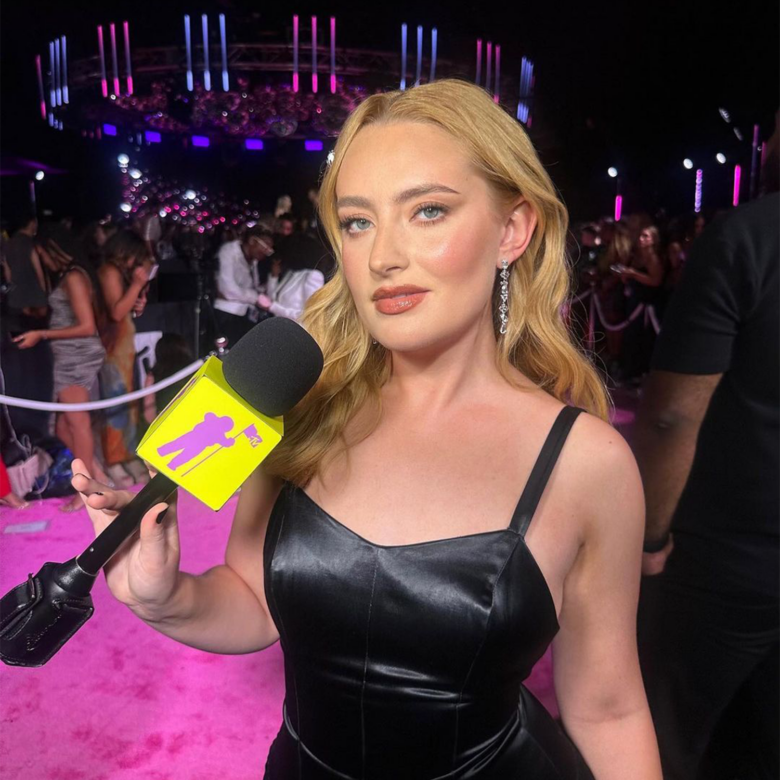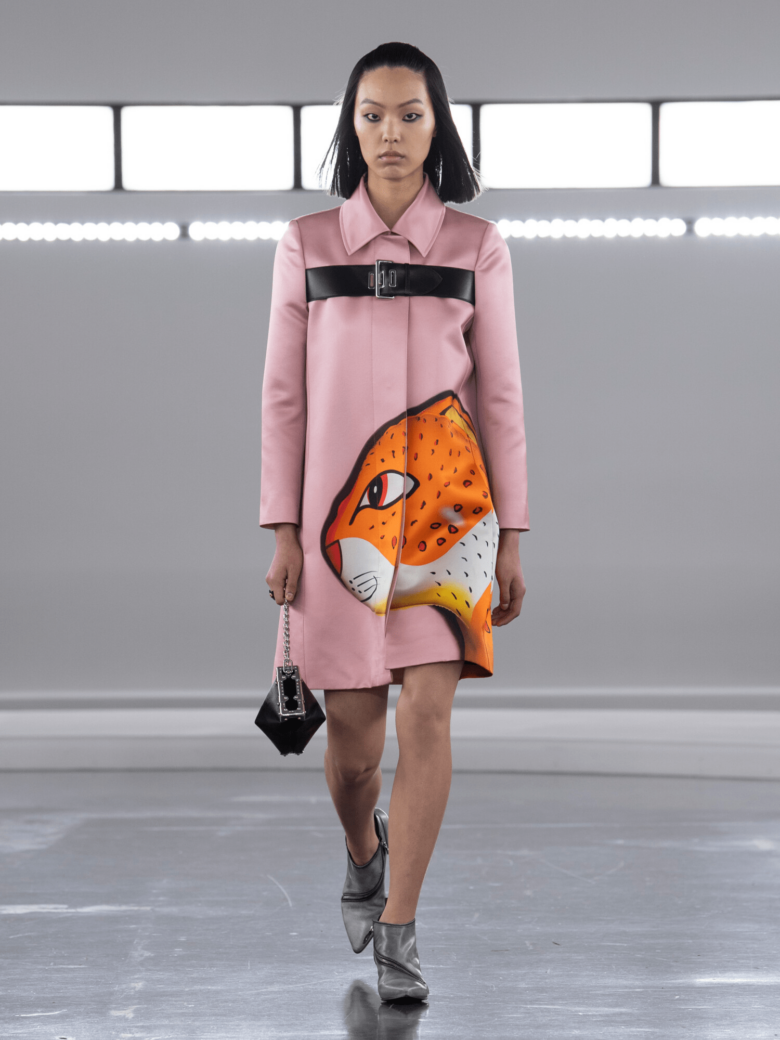Rushmore’s cinematographer Robert Yeoman on working with Wes Anderson
A captor of the cinematic elite’s attention since he emerged on the scene back in ’96, Wes Anderson and his signature style have become iconic in the industry. Down to his aesthetic intricacies, from symmetrical shots to pleasing palettes, Anderson and his cinematographic collaborator Robert Yeoman have worked closely to create that oh-so-special atmosphere which takes you from director to auteur. Working together on seven out of nine feature films, Wes Anderson and his director of photography have formed a relationship akin to New Wave’s Godard and Coutard, developing a duality in their movie making.
Having completed your first feature film with the director, how did you feel when Rushmore came along?
We all had a great time making Bottle Rocket so when Wes asked me to shoot Rushmore I was so thrilled.
How collaborative is your process with Wes? Does it differ to your other work?
My relationship with every director is different. Some directors are mainly focused on performance and script and depend on me heavily to guide the visual style of their film. Other directors, like Wes, are very involved in all aspects of film making and our process is different. Wes brings a very distinct vision to every film and all of his collaborators are there to help him find the best way to translate his story to the screen. All of our shots are planned beforehand during prep so that we all have a very clear idea about what to expect during the shoot. Wes is very specific about everything.
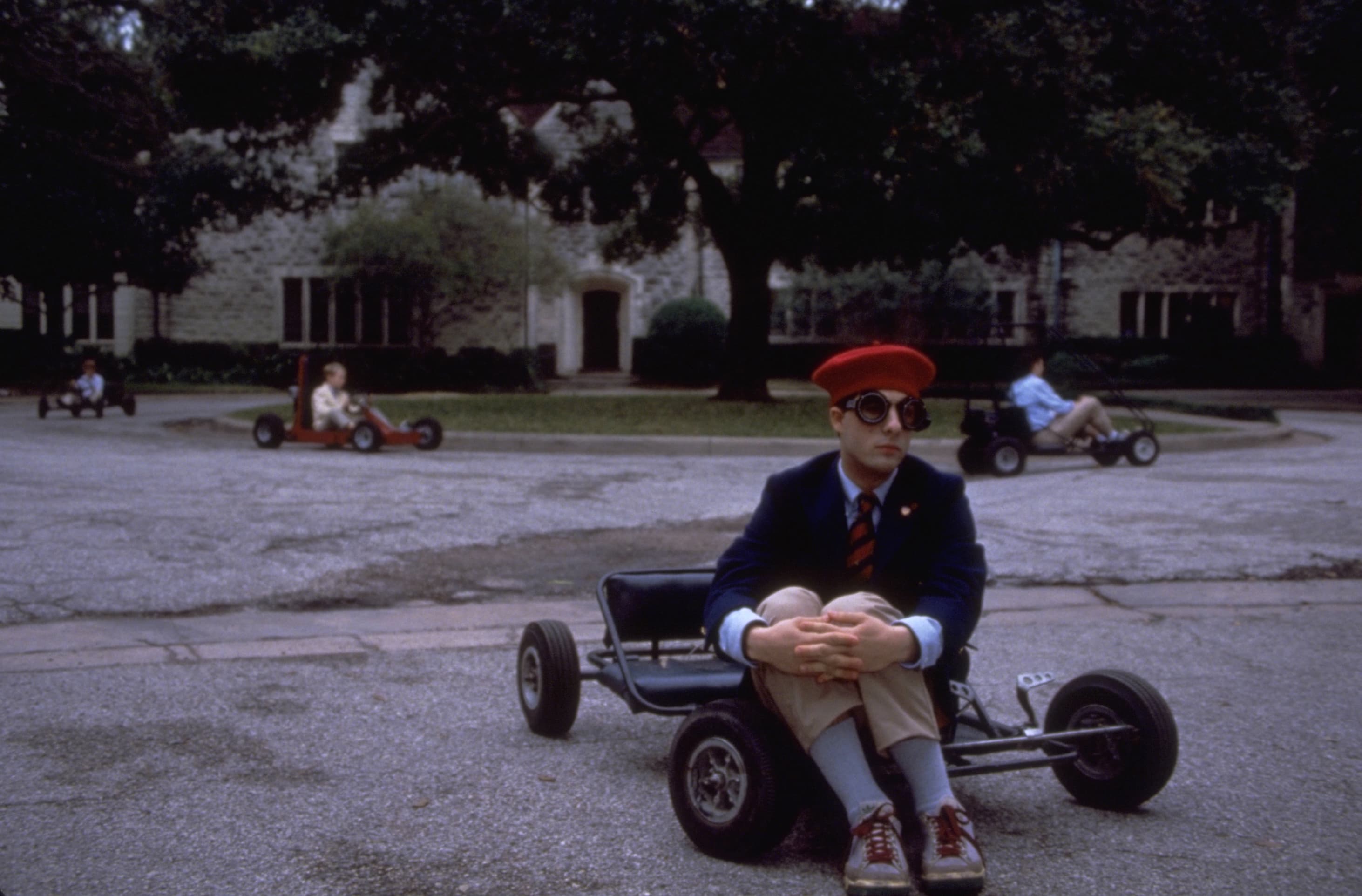
Who or what has been the greatest influence on your career?
It would be difficult to single out one thing that has been the greatest influence on my career. I have always loved movies and I was captured at a young age by the magic of cinema. So many great directors and cinematographers who have inspired me!
Can you talk us through the renowned use of symmetry in yours and Wes’ work?
Symmetry is something that both Wes and I have always gravitated towards. When you walk into a space you must choose where to put the camera in order to best serve the story. Some people might put it in the corner, but we like it centered!
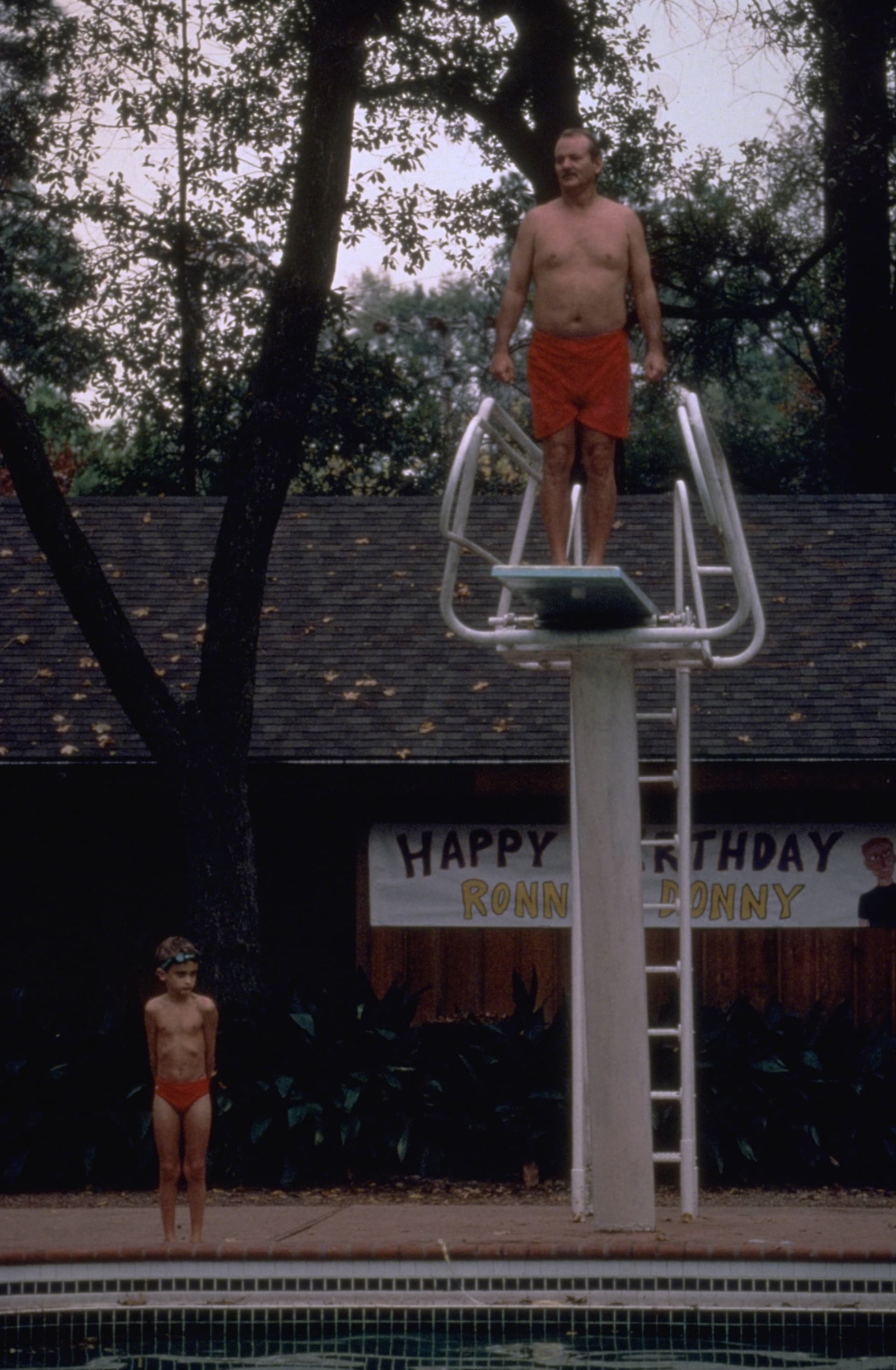
Were you brought up with cinema and the arts?
I was not brought up in a creative environment. I lived in a suburb of Chicago, back before the internet, so as a child I would go every Friday night to the local movie theater to meet my friends.This is where I was introduced to the films of Hitchcock, Lawrence of Arabia, all of the spaghetti westerns, In the Heat of the Night, Bonnie and Clyde, The Graduate, to name a few. I loved these films but never considered a career in motion pictures. When I was young I wanted to play second base for the Chicago Cubs!
What five films have personally shaped you the most? Why?
It would be difficult to choose the five films that influenced me the most but I will list five (of many) that strongly affected me:
- A Clockwork Orange – When I left the theater I was so mesmerized by the world that Stanley Kubrick and his collaborators had created that I decided that I wanted to be a film maker. I didn’t know anyone in film or anything about making a film but it was a life changing moment for me.
- The Conformist – When I first saw this film I had a difficult time following the story but the visuals were so overwhelmingly powerful that I fell in love with the work of Bertolucci and Storaro. After a few viewings I was able to understand the arc of the story and I have repeatedly used this film for reference and inspiration.
- McCabe and Mrs. Miller – The haunting photography of Vilmos Zsigmond was a major influence on my path of cinematography.
- Lawrence of Arabia – A tour de force of filmmaking, always an inspiration. No one will ever make a movie like that again!
- The Godfather – Francis Coppola created a masterpiece, Gordon Willis is an icon of cinematography! Daring, bold photography that perfectly supports the story.
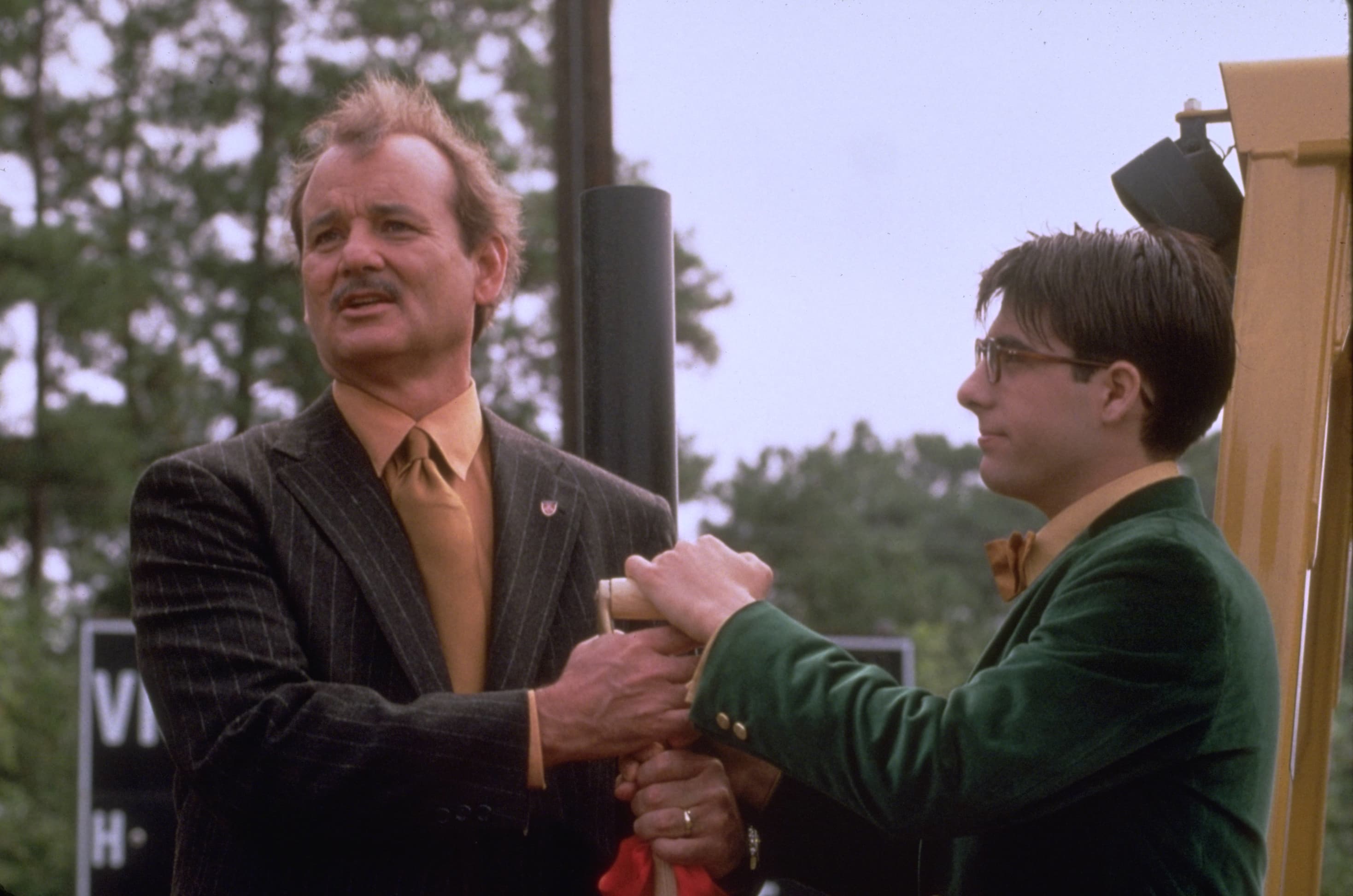
What is the best advice you’ve ever been given?
The best advice I have ever been given is to take chances, don’t play it safe.
What’s the best advice Wes has ever given you or you have given him?
Wes constantly pushes everyone to find new ways of doing our jobs, think outside of your experience, don’t rely on the “tried and true.” An example of this is the rain patterns that we see on the interior walls of Moonrise Kingdom. Typically we would use rain bars outside the windows and back light the rain to create the patterns on the walls inside the house. Wes didn’t want to do this so we found these theatrical lights with a moving pattern of scrims that simulated rain and used this instead.
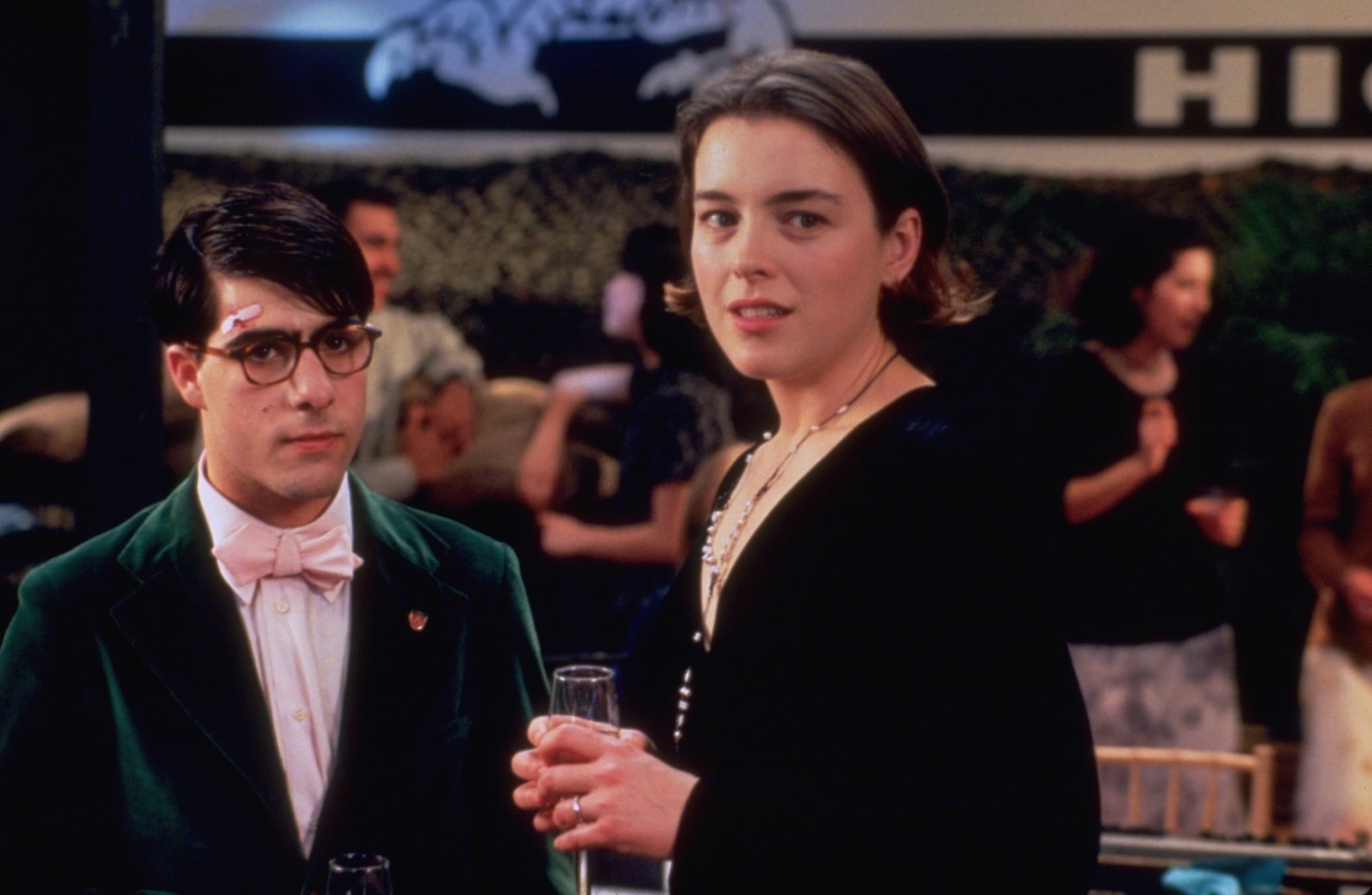
What was the stand out moment that springs to mind when you look back on Rushmore?
There were so many great moments in Rushmore so it is difficult to choose one. Maybe the sequence with Bill Murray and the bees in the hotel room. There were swarms of bees in the room and Bill could not wear any protection so we decided to not wear any protection either in support of him. I was operated the camera surrounded by hundreds of buzzing bees but I don’t remember any of us getting stung!
Rushmore is out now on Blu-ray through The Criterion Collection, available here.
